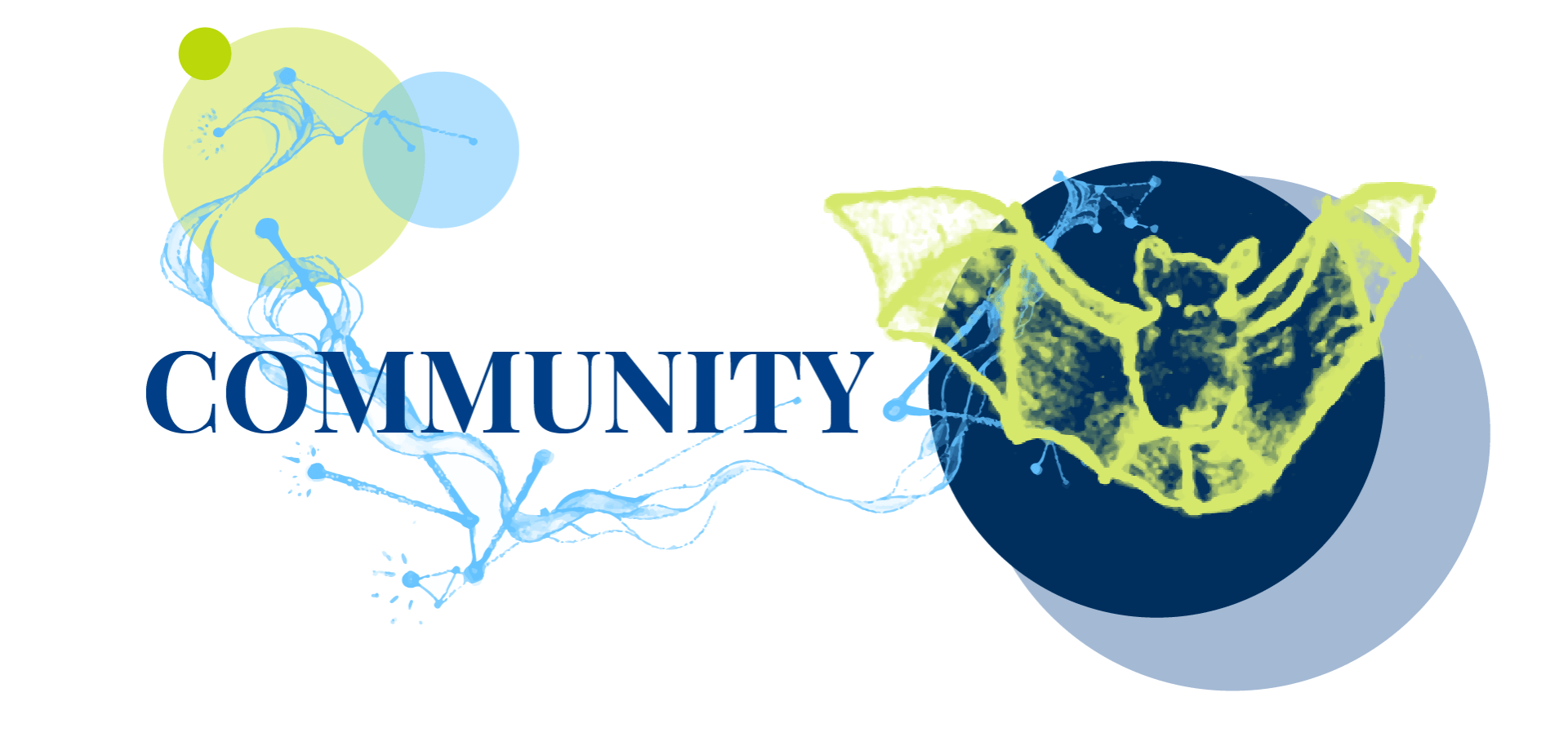

The Community page is an ever-growing space for sharing and engagement. Here you will find all kinds of art & ecology related resources as well as links to Art & Ecology student's eco-art practices beyond the classroom.
Have resources to share? Send them to our email: art.ecology.wwu@gmail.com
Course Readings & Projects
Abram, David, “The Spell of the Sensuous : Perception and Language in a More-than-Human World,” New York, Pantheon Books, 1996
Andreotti, Vanessa de Oliveira, “Torpor and Awakening,” lecture, Indigenous Scholars Conference: Indigenous Epistemologies: Re-Visioning Reconciliation, 2015, University of Alberta
Ballengée, Brandon, “The Art, Science, and Environmentalism of Deformed Amphibian Research,” 2015
Carruthers, Beth, “Praxis: Acting as if Everything Matters,” 2006
Darwin, Charles, “Galapagos Archipelago” and “Tahiti and New Zealand,” in Voyage of the Beagle, London and New York: JM Dent & Sons, Ltd. and EP Dutton & Co, Inc., 1906.
Dillard, Annie. “Book 1: Fishburns.” The Living, HarperCollins, New York, 1992, pp. 3–27.
Hamilton, Ann, The Common Sense, Seattle, WA: Henry Art Gallery, 2014-15
Haraway, Donna, “Symbiogenesis,” in Bubant, N., Gan, E., Swanson, H., Tsing, A., ed., Arts of Living on a Damaged Planet, Minneapolis: University of Minnesota Press, 2017
Helguera, Pablo . Education for Socially Engaged Art . Jorge Pinto Books, 2011.
Hellicon Collaborative, “Farther, Faster, Together,” ArtPlace America LLC, 2018
Kimmerer, Robin Wall, Braiding Sweetgrass, Minneapolis: Milkweed Editions, 2013.
Lacy, Suzanne, and Lucy R. Lippard. “Looking Around: Where We Are, Where We Could Be.” Mapping the Terrain: New Genre Public Art, Bay Press, Seattle, 1996, pp. 114–130.
Lacy, Suzanne, and Suzi Gablik. “Connective Aesthetics: Art After Individualism.” Mapping the Terrain: New Genre Public Art, Bay Press, Seattle, 1996, pp. 74–87.
Matilsky, Barbara, Endangered Species: Artists on the Front Line of Biodiversity, Bellingham, WA: Whatcom Museum, 2018.
Pearson, K.R., Backman, M. Grenni, S., Moriggi, A., Pisters, S. Vrieze de, A., “Arts-Based Methods for Transformative Engagement: A Toolkit,” Wageningen: SUSPLACE, 2018.
SongBird – Arts & Ecology In Practice, Beth Carruthers, 1998-2002
Thoreau, Henry David. “The Open Winter XXV.” The Journal of Thoreau, vol. 10.
Media:
Allora & Calzadilla (in collaboration with Ted Chiang):The Great Silence (2014) (16:32) – HD video with sound
Art in the Twenty-First Century: Allora & Calzadilla in “Paradox” (2007) (54:25) – Art21
Bernie Krause: The Voice of the natural world (2013) (14:38) – TED Talk
Decolonial Futures Collective: The house of modernity (2020) (36:00) – YouTube
Huggins, Adam, and Mendel Skulski. “Decolonize This Podcast”. Future Ecologies, 17 Jul. 2018. Season 1, Episode 1.
Huggins, Adam, and Mendel Skulski. “Communia Omnia”. Future Ecologies, 9 Oct. 2019. Season 2, Episode 3.
Huggins, Adam, and Mendel Skulski. “The Nature of Sound”. Future Ecologies, 11 Dec. 2019. Season 2, Episode 5.
Nancy Turner: Indigenous Knowledge in a Changing Climate (2020) (53:29) – Huxley Speaker Series
Natalie Jeremijenko: The art of the eco-mindshift (2009) (19:35) – TED Talk
New York Close Up: Mary Mattingly’s Waterfront Development (2014) (8:05) – Art21
Racing Extinction (Psihoyos, 2015) – Documentary
Vaughan Judge: Art and sustainable ecology and economics (2019) (14:24) – TED Talk
United Visual Artists: The Great Animal Orchestra (2019) (3:30) – Vimeo
Residencies, Degree Programs, and Opportunities:
Sitka Center for Art & Ecology, OR, US
Art & Ecology Museum Education, Wexner Center, OH, US
MS Design and Urban Ecologies, The New School, NY, US
Tishman Environment and Design Center, The New School, NY, US
BFA Socially Engaged Art, Goddard College, VT, US
BA Sculpture and Environmental Art, Glasgow School of Art, Scotland, UK
MA Art and Social Practice, University of Highlands and Islands, Scotland, UK
MFA Art, Space and Nature, Edinburgh College of Art, Scotland, UK
Books & Articles:
Brown, Andrew. Art & Ecology Now (London: Thames & Hudson, 2014)
Carruthers, B. Art, Place and the Meaning of Home: Commissioned Essay for the Stanley Park Environmental Art Project. Vancouver Board of Parks, Arts & Culture. (2010).
Carruthers, B. Cartographies sans Bornes (Maps without Borders). In S. Kirkvold, S. (Ed.) Canada’s Raincoast at Risk: Art for an Oil Free Coast. Sydney: Raincoast Conservation (2012).
Carruthers, B. Possible Worlds. In E. Monoion & R. Ferry, Public Art of the Sustainable City: The Land Art Generator UAE / 2010 (16-19). Hong Kong: Page One. (2012).
Carruthers, B. Always Coming Home: Pioneering Ecological Social Sculpture and Sci-Arts Collaboration in Canada. In The Goose (Journal of the Association for Literature, Environment, and Culture in Canada). 12/13 2013, 56-62 (2013).
Carruthers, B. A Subtle Activism of the Heart. In L. Piper & L. Szabo-Jones (Eds.) Sustaining the West: Cultural Responses to Canadian Environments (65- 78). Waterloo: Wilfrid Laurier University Press. (2015).
Demos, TJ. Decolonizing Nature: Contemporary Art and the Politics of Ecology (Berlin: Sternberg Press, 2016)
Matilsky, Barbara C. Fragile Ecologies: Contemporary Artists Interpretations and Solutions. New York: Rizzoli International, 1992.
Matilsky, Barbara, “Art and Ecology: The Museum as Activist”, MUSEUM NEWS, March- April, 1992
Matilsky, Barbara, “The Survival of Culture and Nature: Perspectives on the History of Environmental Art”, ART AND DESIGN, Profile Number 36, Art and the Natural Environment, London, 1994
Weintraub, Linda with Skip Schuckmann. Avant-Guardians: Texlets on Ecology and Art. Rhinebeck, New York: Artnow Publications, 2006: Cycle-Logic Art: Recycling Matters for Eco Art; Environmentalities: Twenty-two Approaches to Eco Art; ECOcentric Topics: Pioneering Themes in Eco Art
Weintraub, Linda with Skip Schuckmann. Avant-Guardians: Texlets on Ecology and
Art. Rhinebeck, New York: Artnow Publications, 2006.
Weintraub, Linda, TO LIFE! Eco Art in Pursuit of a Sustainable Planet, Berkeley: University of California Press, 2012
Weintraub, Linda, WHAT’s NEXT? Eco Materialism & Contemporary Art, Bristol: Intellect Books, 2018

“I wonder if humans will ever collectively be able to accept radical tenderness and find that visceral feeling inside themselves. I wonder if humankind will ever be able to accept the unknowable as something unattainable rather than the quest for knowledge.”
Art & Ecology Student Adalyn Allen, Fall 2018
“What does relating beyond knowledge, identity, and understanding look like – in the world and in myself?”

This website is made possible by the support of WWU’s Sustainability, Equity, & Justice Fund.
Art & Ecology course developed by Professor Cynthia Camlin.
Website designed by Mouse Bird Studios & edited by Emma Parkinson. © 2020

